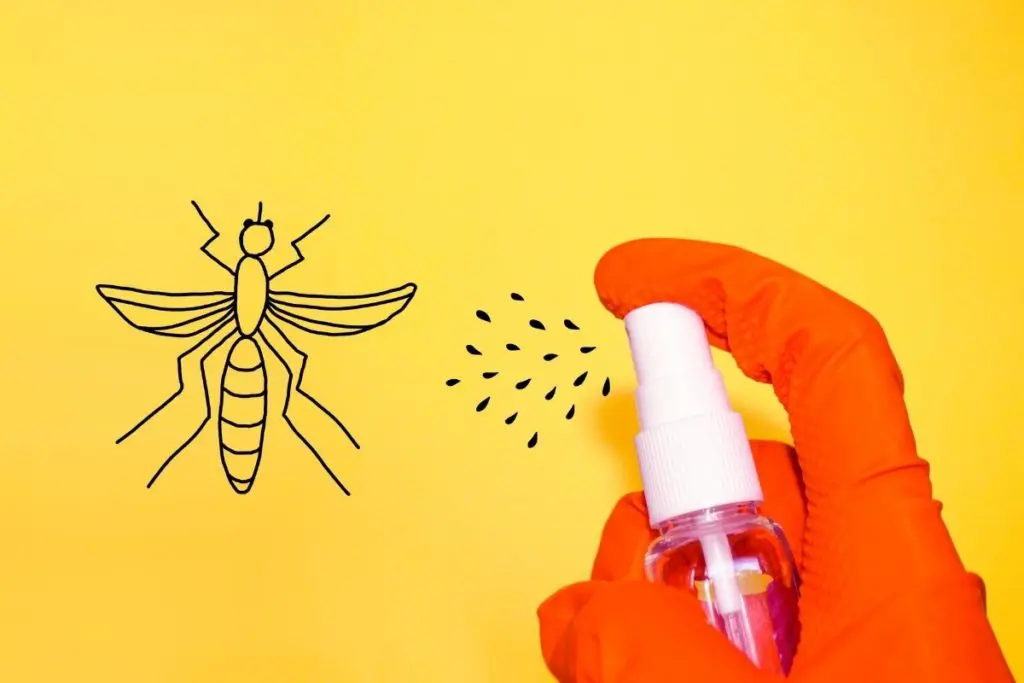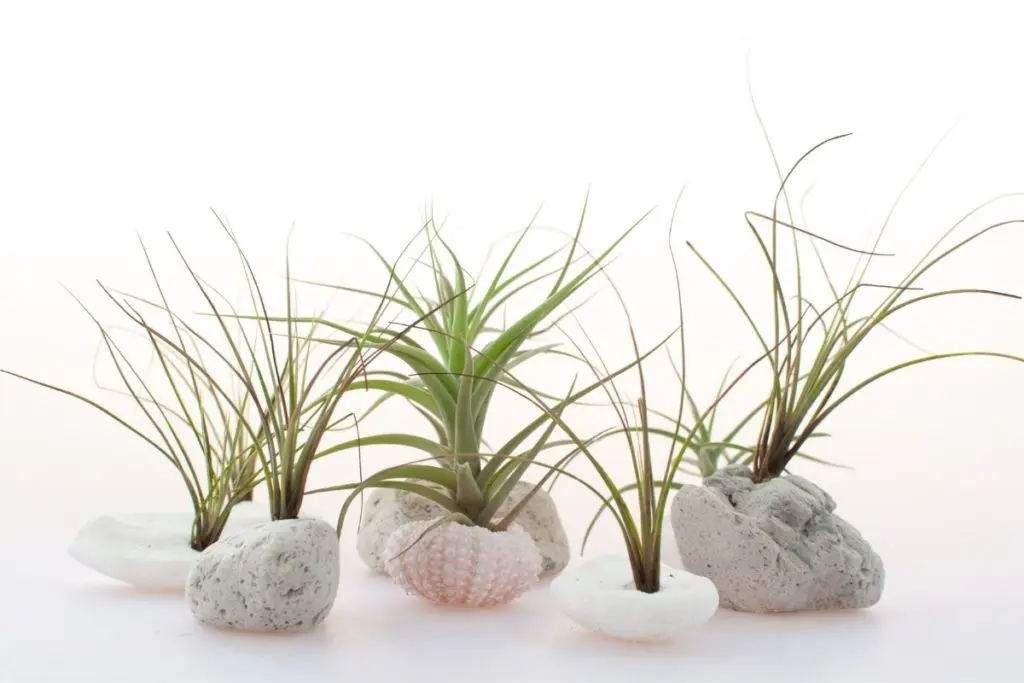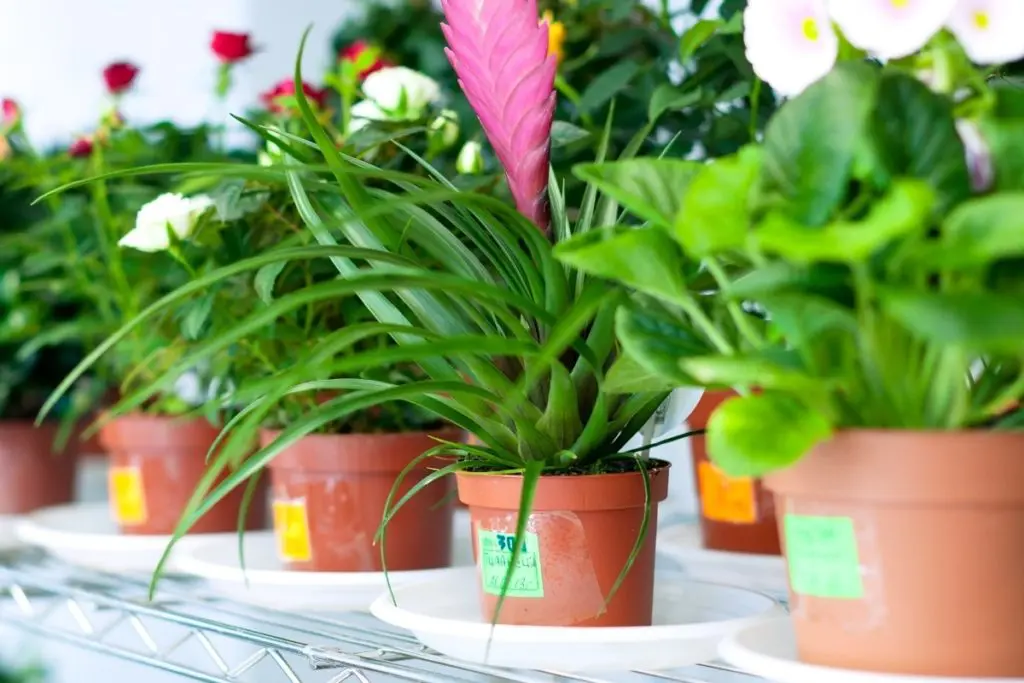Tis the season… for fruit flies.
First off, take a deep breath. There are plenty of creepy or even alarming insects that can invade your home and make your life stressful. Now, let that breath out: fruit flies aren’t in that category! In fact, they are both pretty harmless and really easy to get rid of. There is no shortage of fruit fly home remedies and DIY traps. We slogged through all the different methods, so you don’t have to. Here are a few ways to learn how to get rid of fruit flies naturally, quickly and painlessly.
Preventing Fruit Flies
Usually, if you’ve got fruit flies, it’s mainly a seasonal issue, not because you did anything wrong. Even if you keep your home immaculately clean, when the end of summer rolls around, a solitary apple on the counter will likely prove too tempting for fruit flies to resist.

That said, there are 5 easy things you can do right now to make your kitchen way less attractive to these annoying little buggers:
- Keep it clean. Yep, you guessed it, cleaning up any crumbs, drips, rinds, half-eaten fruit, etc. is step number one. Counters and surfaces are important, but don’t forget to clean your drain and garbage disposal. It’s especially important to learn how to get rid of fruit flies in your drain because fruit flies tend to…shudder…lay eggs in there. A natural bacterial enzyme product works great to blast through the grime and sludge attracting them. (Never use bleach, as it’s too thin to work effectively, and not eco-friendly.)
- Keep fruits and vegetables in the refrigerator. This not only creates a physical barrier between fruit flies and their favorite foods, but it also slows ripening.
- Don’t leave dishes in the sink, especially overnight. Letting dishes pile is a sure-fire way to ensure a perfect breeding ground for fruit flies.
- Frequently empty your trash, recycling, and compost bins. If you can’t empty a bin every day, at least cover it with a lid in between uses. Also, make sure that the inside surface of each container is clean and dry — any bit of food or juice will attract flies.
- Keep it contained. If you still want to keep fruit on your countertop, make sure to wash it first and then cover it. (You can store it in a paper bag if you’d still like your fruit to ripen, but also shut out intruders.)
Even with all of these preventative measures, there’s still a good chance that these seasonal pests will take up residence in your kitchen at some point.
The good news is there are a million different ways of how to get rid of fruit flies in kitchens — and fast. The most common method is making a fruit fly trap. Traps capture and kill the adult fruit flies, ending the breeding cycle.
Do-it-Yourself Fruit Fly Traps
While making a fruit fly trap is pretty simple, there are seemingly endless suggestions about precisely what to use and how. But don’t sweat it — if you follow these suggestions, any trap you make is going to do a decent job of reducing or eliminating fruit flies.

So here is the core idea: you’ll fill a small dish or jar with a solution that attracts the flies, traps them, and then drowns them. Capiche, fruit flies?
There’s a reason they’re called fruit flies. They love fruit, especially ripe fruit. When fruit ripens, it produces alcohol as it begins to ferment, which initially attracts the fruit flies. This ingredient is also in apple cider vinegar, making it a powerful attractant for a nontoxic trap.
1) Easiest Fly Trap EVER
If you want to make the quickest and easiest fruit fly trap, here’s what to do. How to get rid of fruit flies with apple cider vinegar:
- Find a mason jar, small dish or bowl, a saucer, or similar container. You can start with a single container or a few, depending on the severity of your infestation.
- Pour enough apple cider vinegar* to cover the bottom of your dish generously. If you’re using a jar, this might be an inch or so; eyeball it for a smaller container.
- Add a few drops of dish soap and gently swish or stir.
- Leave on your counter or nearby any affected areas.
Voila! In a day or two, you should start seeing a whole lot of flies resting in peace at the bottom of your jar. How does it work? That little bit of dish soap is just enough to break the surface tension on the liquid, so when the fruit flies head straight toward the vinegar, they’re unable to extract themselves.
*Apple cider vinegar is best, but red wine vinegar or any fruitier, sweeter vinegar should also work. It’s less likely you’ll have success getting rid of fruit flies with white vinegar.
2) The Bait and Switch
If you don’t have any apple cider vinegar on hand (or maybe don’t like the smell of vinegar), here’s another easy fruit fly trap you can make at home.
- Get your container(s) prepared, but in lieu of vinegar, use an overripe piece of fruit to attract the flies.
- Once you have your fruit attractant at the bottom of your container, instead of adding dish soap, we’re going to create a physical trap. The easiest way to do this is to cover your container with plastic wrap, and then pierce a small hole or two with a ballpoint pen (or something similar). This makes it possible for the fruit flies to get in, but not get back out.
- Another method, if you’re using a taller container like a mason jar, is to create a paper funnel. Tape a small piece of paper into a cone that will rest inside the rim of the jar. This is the same concept as the plastic wrap method — you want to create a tiny opening that they can fly into, but not escape from.
3) Other Fruit Fly Removal Methods
If you’re not in a DIY mood, there are also many commercial products available. You can find plenty of store-bought fruit fly traps at your local hardware or grocery store — just make sure that they’re nontoxic. (There’s no reason to use a chemical pesticide to kill fruit flies when nontoxic methods work so well.)
Sticky fly strips work on regular household flies or fruit flies. If you don’t mind having some hanging around, that’s also a quick and easy way to instantly reduce their numbers.
How to Get Rid of Fruit Flies in Plants

Alright, so what if you don’t have fruit flies in your kitchen, but they won’t leave your poor houseplants alone? Or, what if they’re attacking your garden?
- First off, remove any dead leaves, fruit or any rotting pieces from your plants.
- Spread a layer of coarse horticultural sand or aquarium gravel on top of the soil. The barrier will do two things: interrupt the fruit flies’ breeding cycle, and help prevent any newly hatched flies emerging from the soil underneath.
- Going forward, make sure you’re not overwatering your houseplants, as constantly damp soil can attract them back.
- If this doesn’t do the trick, supplement with a DIY trap. Place one or more traps near the affected plants, and your problem should resolve itself soon.
Whichever method you use, you might need to repeat it a few times until fruit fly season blessedly comes to an end once again — and we promise it will!
Further Reading
Related Reading






